10 Baking Questions We Hear All the Time (That You Won’t Like the Answers To)
Do you really need to abide by all these finicky baking rules? Let us give it to you straight.

By: Jessie Sheehan
Baking has a lot of rules and although you may not like it, following them is the ticket to delicious sweets and treats. There’s no fiddling with the leavening when making chocolate chip cookies or substituting cream cheese for the butter when making yellow cake. Cooking, of course, permits all kinds of wiggle room and rule-breaking; More spice, less spice, ground turkey meat, instead of beef — it all kind of works. But when you make something sweet, the recipe and its instructions need to be followed to a “T.” And sometimes, I get it: you just want to push back (you rebel, you). But you know, often it probably isn’t such a good idea — despite the fact that some of the recipe’s ingredients or instructions might seem fussy or absurd. Below is a list of just such fussiness and absurdity in action; and the reasons why doing what you’re told guarantees the chewiest of cookies, the fluffiest of cakes and the chocolatiest of brownies — every time.
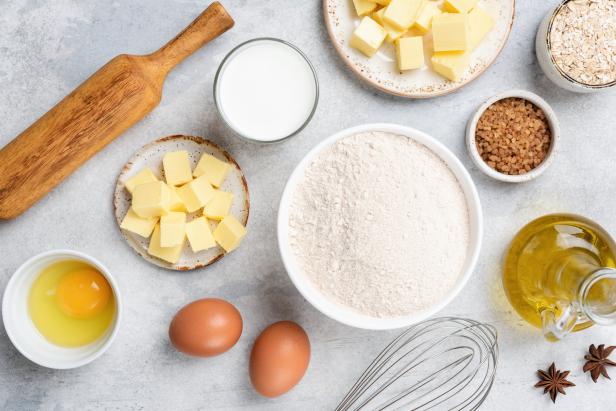
Arx0nt/Getty
Do I really need to bring my eggs and milk (or buttermilk, sour cream, etc.) to room temperature?
The short answer is yes. If a recipe calls for room temperature ingredients it is because the finished texture of the baked good relies on how effortlessly the ingredients meld together when creamed. Even the most powerful of stand mixers cannot smoothly combine cold eggs (or sour cream or a big glug of chilled buttermilk) with a fluffy, room temp mixture of butter and sugar. In short, when you use cold ingredients, any hard-earned “airiness” that you’ve worked into the batter is compromised, resulting in a dense, dare I say, “sad,” cake or cookie.
Do I really need to soften my butter before creaming it with the sugar?
Yup. Creaming butter with sugar aerates it, filling the mixture with tiny air bubbles. The heat of the oven then causes the air bubbles to expand, resulting in a treat with a soft, fluffy or tender texture, depending on the baked good. But only softened or room temperature butter can be aerated. Cold butter cannot, which means no air bubbles and no lovely texture.
Do I really need to use cake flour and sift it? I can’t just sub all-purpose and whisk?

RapidEye/Getty
Sorry, no. When a recipe calls for cake flour, it is because the baked good requires a soft, tender crumb, like a white cake, a biscuit or certain cookies. Cake flour has a lower protein content than all-purpose, which means it produces less gluten. A baked good made with all-purpose flour might have a little chew, the obvious example being bread, whereas a treat made with cake flour, like an angel food cake, is light and airy and almost melts-in-your-mouth. As for sifting, cake flour (like cocoa powder and baking soda) clumps easily due to its delicate and fine grain. Sifting ensures errant pockets of stark white, uncooked flour don’t end up (sadly) surprising you as you slice into your cake.
Do I really need to use unsalted butter? Can’t I just use salted?
Well, here’s the thing: salt is a super important ingredient in baked goods, as it is a flavor enhancer. And, typically, only a finishing salt is actually used to make things taste salty (like a sprinkle of the flaky stuff on a chocolate chip cookie). Instead, salt is called for in baking recipes to make other flavors pop (chocolate desserts taste more chocolate-y, vanilla ones, more vanilla-y) and we want to be able to control how the salt operates in our baked goods. If a recipe calls for unsalted butter and you use salted instead, you won’t know exactly how much salt you are adding, and you run the risk of not only a salty baked good, but also one in which the careful balance of flavors is off.
Do I really need to rest my cookie dough in the refrigerator for 24 hours before baking?
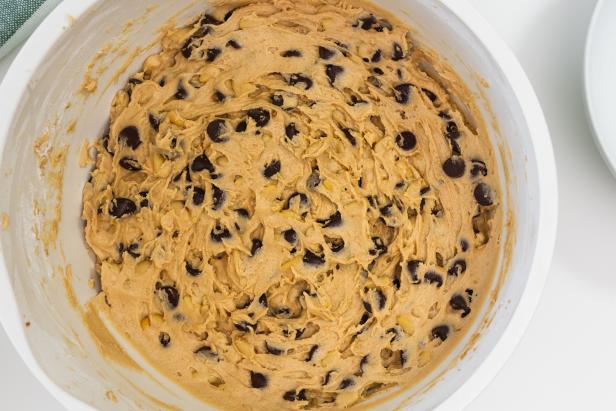
Hanna Tor Photography/Getty
Sadly for the impatient amongst us, yes. Resting cookie dough really does improve the look, flavor and texture of the finished product, no joke. The rest allows the flour to hydrate, and hydrated flour makes for a cookie that browns beautifully, spreads less and is more caramel in flavor. If a cookie recipe asks you to rest the dough pre-bake, it is wise to follow suit if you want the cookie to have all of the unique characteristics that its developer intended.
Do I really need to use ice-cold water when I make pie dough? Can’t I just get it from the tap?
Ice-cold water is a non-negotiable ingredient in a flaky pie crust. A tender crust relies on cold, visible layers or bits of fat (butter, lard or shortening) that expand and evaporate when baked. Although the fat may start out cold, as you begin to knead it into the flour, your hands and/or the temperature of the kitchen begin to warm it. Ice-water ensures the fat stays cold during the kneading and shaping/fluting process, resulting in a crust with that coveted flakiness.
Do I really need to rest my pie dough for at least an hour before rolling it out and then freeze my pie crust before baking it off?
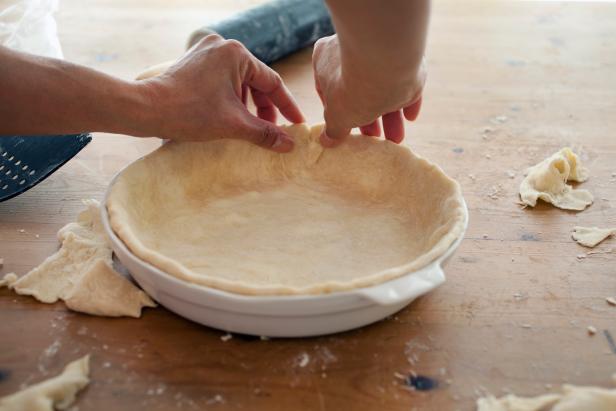
Lara Hata/Getty
Indeed. Chilling the dough before rolling it contributes to its flakiness, as the gluten in the dough has time to relax, preventing a tough texture. Moreover, the liquid in the dough is redistributed during resting which contributes to its buttery taste. As for freezing the pre-baked crust, doing so hardens its fat, preventing the crust from slumping and shrinking when baked.
Do I really need to line my cookie sheet with parchment? Can’t I just grease it with cooking spray or butter? Or use aluminum foil or a silicone baking mat?
If a recipe instructs that you line a cookie sheet with parchment paper, it is always a good idea to follow suit. Although greasing a baking sheet with cooking spray or softened butter will prevent most cookies from sticking, it may not work for those that are super delicate (like Florentines or lace cookies). Moreover, cookies baked without parchment will be crispier, bake more quickly and their bottoms will brown more deeply, requiring you to modify the cooking time and temp, or risk a batch of burnt cookies. And the same holds true for those baked on a pan lined with aluminum foil. As for silicone mats, you really can’t use one instead of parchment, as cookies tend to spread and brown more when you do – they may not burn like they could with greased or aluminum foil-covered baking sheets, but they won’t have the shape and texture that those baked on parchment paper will.
Do I really need to use an 8x8x2-inch pan? Can’t I just use my 9-inch one?
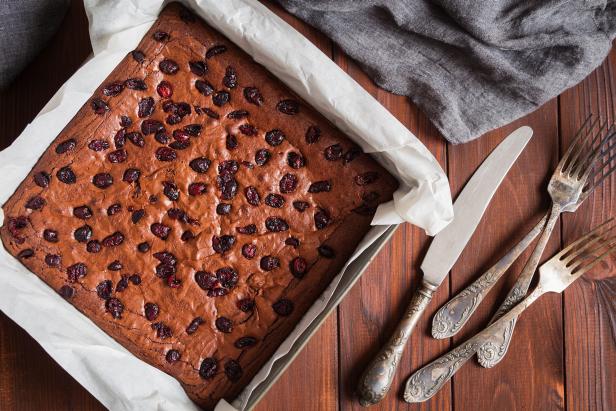
TorriPhoto/Getty
Well, I mean you can, but a 9-inch pan is actually 25% larger than an 8-inch one which means your cake will not only look very different than the one baked in the 8-inch pan (it will be much thinner) but it will also bake much more quickly, and thus burn more easily. And remember, the recipe may call for the 8-inch pan because the height of the cake is part of its appeal (so if you like the way the cake looks in the recipe photo, using the right pan is key). Finally, the accompanying frosting recipe (if there is one) is likely intended for the cake’s specific stature. Thus, once spread on the skinnier, 9-inch version, the ratio will be off and it may seem like it has been frosted with too little or too much.
Do I really need to measure my flour and sugar with dry measuring cups and my buttermilk and cream with a liquid measure? Can’t I just use them all interchangeably?
Nope. Not a good idea. I mean technically the one cup line on your liquid measuring cup will yield the same amount of flour as your dry measuring cup. But because you cannot level off the flour in the liquid cup, you risk using too much. The same holds true when you try to measure a liquid ingredient in a dry measuring cup. It’s entirely possible to pour a little too much liquid into a dry measure, because due to its surface tension, the liquid may round just slightly at the top of the cup.
Source: The Food Network
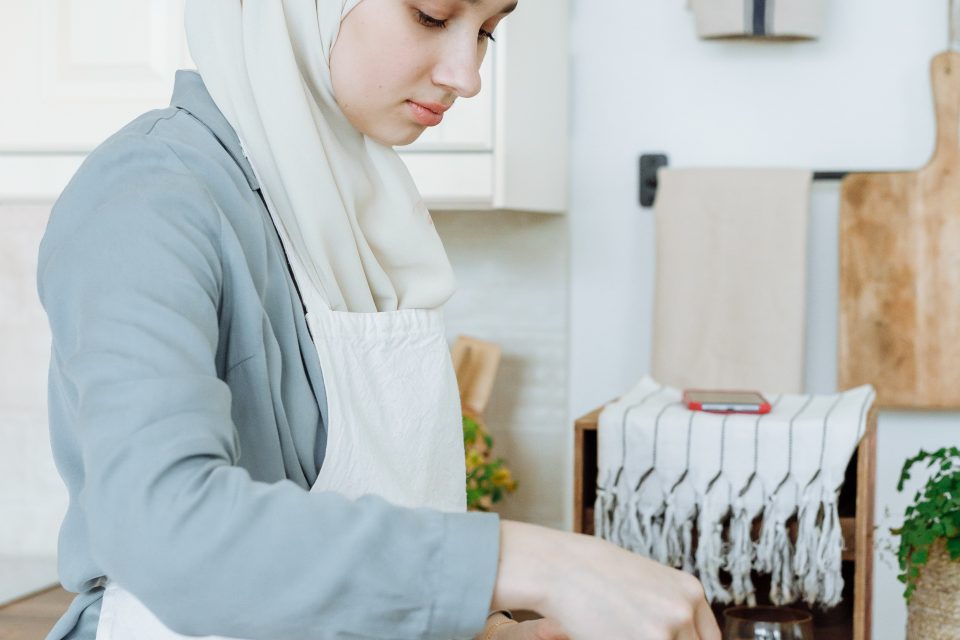
0 comments on “General Baking Tips to Make Your Baked Goods Better!”Add yours →